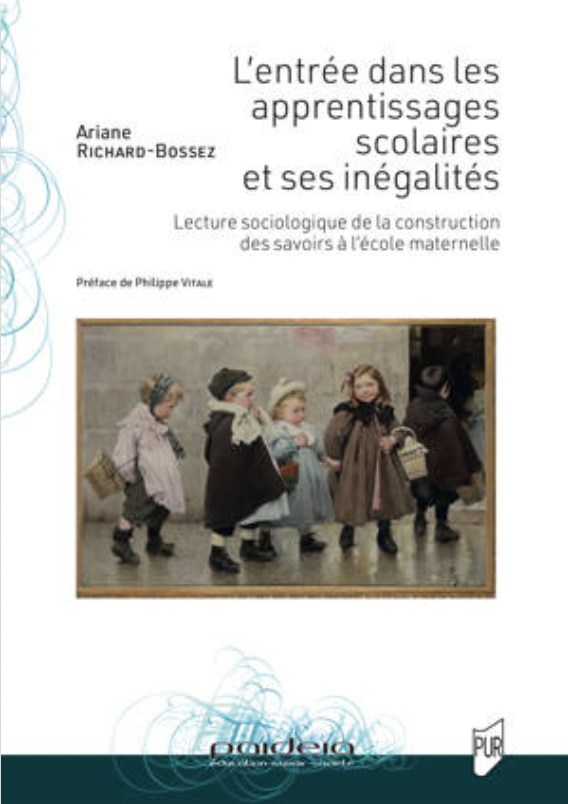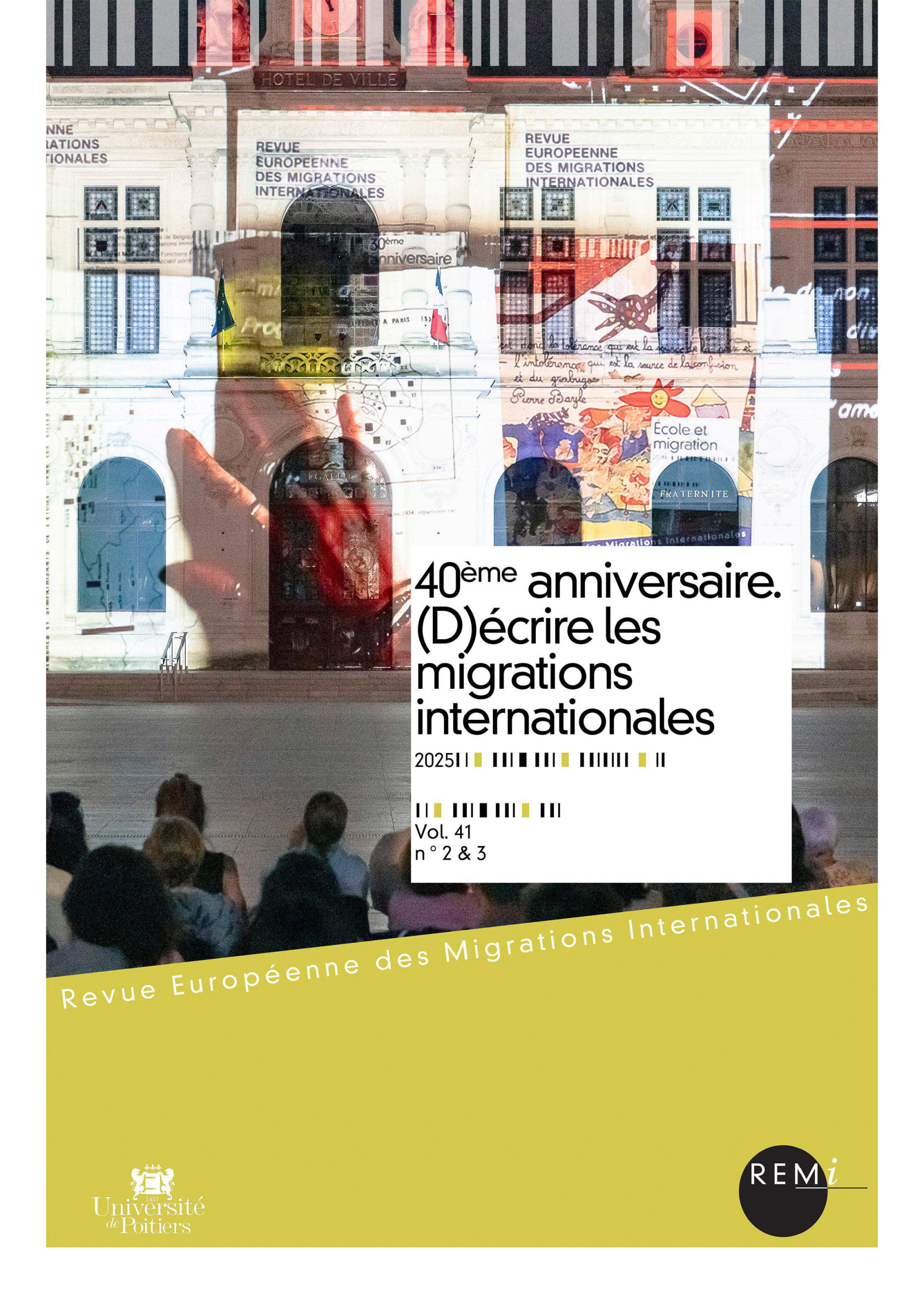Ariane Richard-Bossez, "L'entrée dans les apprentissages scolaires et ses inégalités, Lecture sociologique de la construction des savoirs à l'école maternelle", Ed. PUR, 2023

Starting to learn at school and the inequalities involved
A sociological reading of the construction of knowledge at nursery school
Richard-Bossez Ariane (author)
Vitale Philippe (preface)
Since the start of the new school year in 2019, the age of compulsory education has been lowered from 6 to 3 in order to promote academic success for all children and combat inequalities in learning. However, since the 1990s, 3-6 year-olds have been attending nursery school without this reducing the inequalities regularly highlighted by various research studies. This raises questions about the way in which nursery schools introduce the children entrusted to them to knowledge: what knowledge are they targeting? How do teachers present it to pupils? How do the pupils grasp it? How does what is taught enable all children to achieve the learning they are aiming for? These are just some of the questions that this book sets out to answer, based on the results of an observational field study in six kindergarten classes from a variety of social backgrounds, with a particular focus on learning to write.
As part of a sociology of the curriculum, combining the sociology of education and the sociology of knowledge, the paper looks at school knowledge in its twofold dimension, both social and cognitive, and highlights how these two dimensions interweave. While the analysis highlights the construction of learning inequalities at nursery school, it also shows that operations to revise these inequalities are discernible in the classroom, even if they occur on a more ad hoc basis.
With the support of the MESOPOLHIS laboratory.
Share on
Read also


